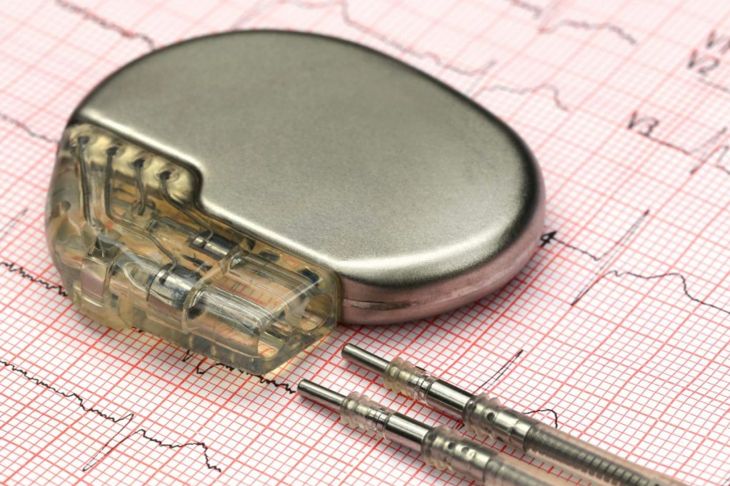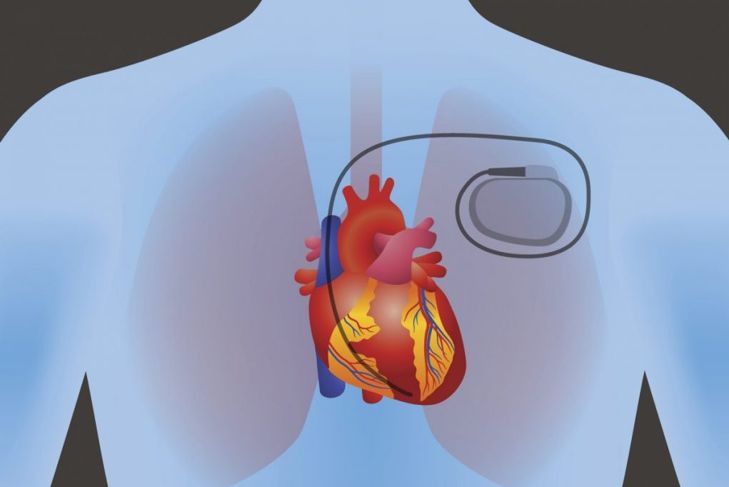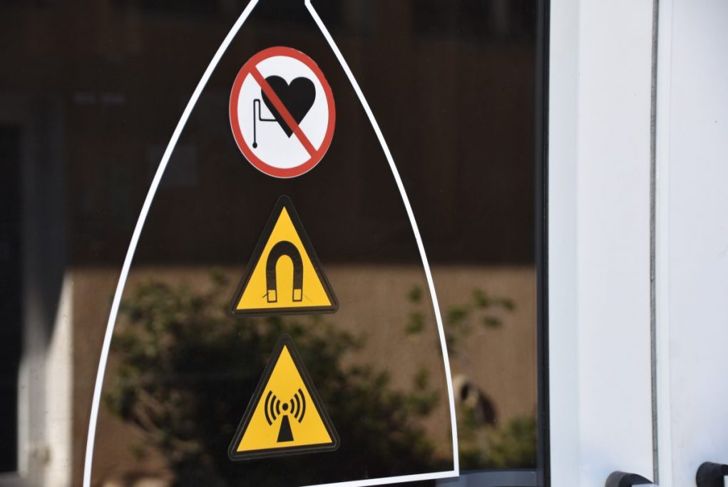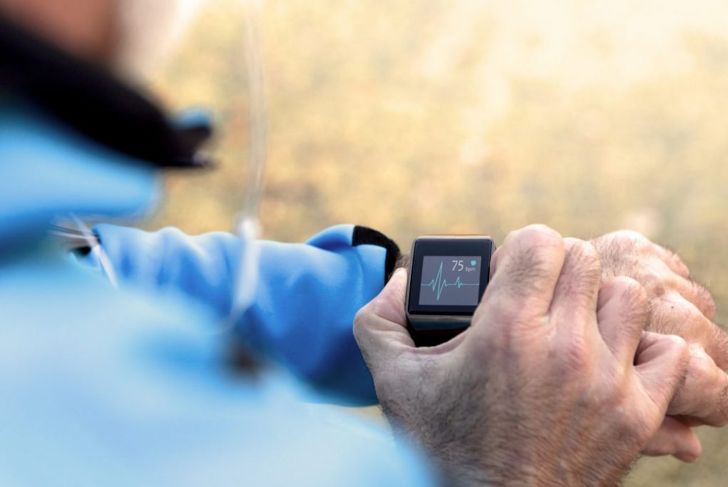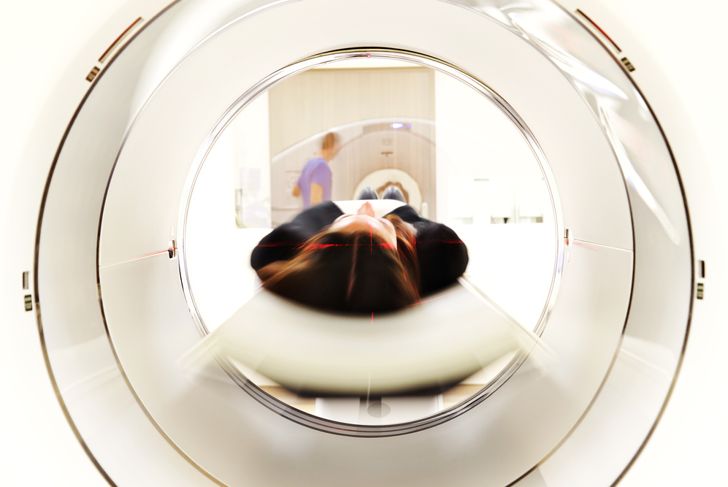Pacemakers prevent or eliminate problems individuals experience irregular heartbeats called arrhythmia. These small electronic devices are implanted under the skin to help regulate heart rhythms and treat symptoms that result from bradycardia or slow heart rate. It is up to the person with the pacemaker to ensure their implanted device is checked regularly, follow the doctor’s orders, and heed a few precautions. Batteries in pacemakers typically do not get low until after 7 to 10 years. At that time, doctors can perform a procedure to replace the generator.
How Do Pacemakers Work?
Pacemakers are not a substitute for the work the heart performs in the body; they simply help it regulate the timing and sequence of the heartbeat. The pacemaker is made up of a generator, a tiny computer with a battery and other electronic parts, and leads or electrodes — flexible, insulated wires that send an electronic signal between the pacemaker and your heart. The surgeon places the pacemaker under the skin beneath the collarbone and threads the leads through a nearby vein to the heart. The other ends of the leads are plugged into the generator, which enables easy monitoring and programming. Smaller, leadless pacemakers are now available in the US, as well.
Post-Implantation and Lifespan of Pacemakers
Pacemaker surgery for implantation is minimally invasive with a relatively short recovery time. Patients often feel pain at the incision site for a few days and should carry out only light activities for a couple of weeks. Immediately following the procedure, they must watch for signs of infection: swelling increased pain, redness, or bleeding. At home, individuals with pacemakers can do periodic pacemaker checks that ensure good battery life. Most patients receive a special wireless device that schedules follow-up appointments once or twice a year. When the battery starts to run out, doctors can replace pacemaker generators using local anesthesia.
Cell Phones
No matter how important a call or text message seems to be, it can disrupt the good function of a pacemaker if it is held too close. Cell phones should be kept at least six inches away from pacemakers, which is a challenge for people who like to keep their mobile devices in a breast pocket of a shirt or hold the phone with one ear against the shoulder. People with pacemakers should break these habits.
Magnets and Pacemakers
Magnets can also disrupt the proper function of a pacemaker if they come within six inches of the implanted device. Common magnets for home and office use pose only a small risk, but magnets made from neodymium-iron-boron can interfere with cardiac devices. Some of these stronger magnets may be in jewelry, toys, and clothing. Therefore, people with pacemakers should always read the package warnings for purchased goods. However, all manufacturers are not required to put magnet warnings on labels.
Airport Security
The metal in a pacemaker can set off the airport security scanners but will not affect the functionality of the devices. Hand-held scanners may pose a risk, though, if they are brought close to the pacemaker and held there for too long. People with pacemakers should alert security agents about their devices before passing through security checkpoints. Full-body scanners do not seem to affect pacemakers and, so far, have presented a low risk for pacemaker users. When the security guard sees a pacemaker on the full-body scanner, he or she may ask to see the individual’s medical device ID card, which identifies every individual as having a pacemaker.
Other Travel Precautions
Travel is safe with a pacemaker device as long as individuals alert their doctors to any special circumstances, and carry their medical device ID cards at all times. People traveling internationally may want to ensure their card has this information in various languages.
Understanding EMI Compatibility
Many people believe home appliances like microwave ovens interfere with pacemakers. This is a myth and should not cause alarm. However, some types of equipment will cause electromagnetic interference or EMI. Electric arc welders and chainsaws are on the list of equipment to avoid — they do not damage pacemakers, but there is a possibility that they may interfere with the proper operation of your device. Most pacemakers have built-in protections from EMI from household appliances like blenders, air purifiers, hairdryers, electric can openers, electric razors, remote controls, televisions, and fax machines. While portable mp3 players are safe, earbuds must stay at least six inches away from a pacemaker. Keep at least 12 inches away from slot machines, lawnmowers, snowblowers, and stereo speakers. Arc welders and CB or police radio antennas should be 24 inches away. Avoid stun guns, jackhammers, and electronic body-fat measuring scales altogether. If you experience symptoms such as dizziness and palpitations when close to electrical devices, simply move further away, at least two feet. Your pacemaker should then operate properly.
Sports and Strenuous Activities
Strenuous exercise and activities, including sports and sexual activities, require more oxygenated blood flow. Most pacemaker patients avoid such heartrate-raising activities for one week after implantation, but then may be able to resume regular practices (especially if they were quite active before the surgery). It is safe to drive once you have moved beyond the early stages after implantation.
MRI Scans and Radiation Therapy
MRI scans can disrupt the pacing function of pacemakers. In some extreme cases, they damage the device and individuals require additional surgery to correct the issue. Individuals with pacemakers should ensure all medical practitioners are aware of their condition prior to any tests. Radiation therapy can also damage the circuits of a pacemaker. Other procedures that could cause problems for pacemakers include diathermy, electrocautery, electrolysis and thermolysis, and external defibrillation. Dental drills tend to increase the pacing rate, so your dentist should be aware you use a peacemaker. Other tests, such as mammograms, diagnostic X-rays, and ultrasound procedures, are safe.
Maintaining a Healthy Lifestyle
Maintaining a healthy weight is one of the best preventative practices following pacemaker implantation. Individuals should also stick to healthy diets and exercises appropriate to their current fitness levels — a doctor can help determine these requirements. People with pacemakers should avoid smoking and strive to minimize stress.

 Home
Home Health
Health Diet & Nutrition
Diet & Nutrition Living Well
Living Well More
More